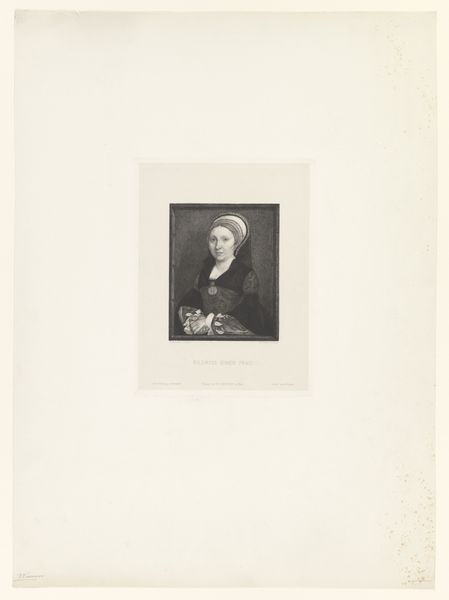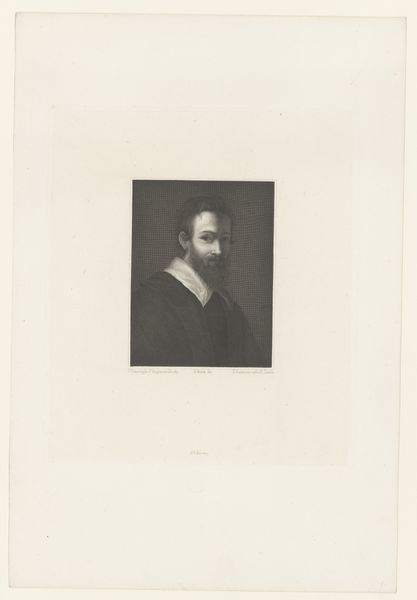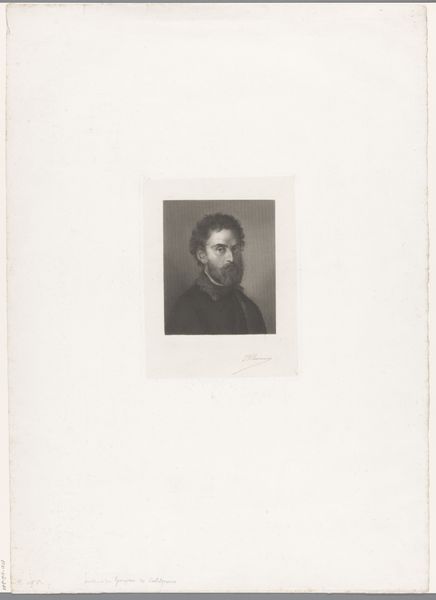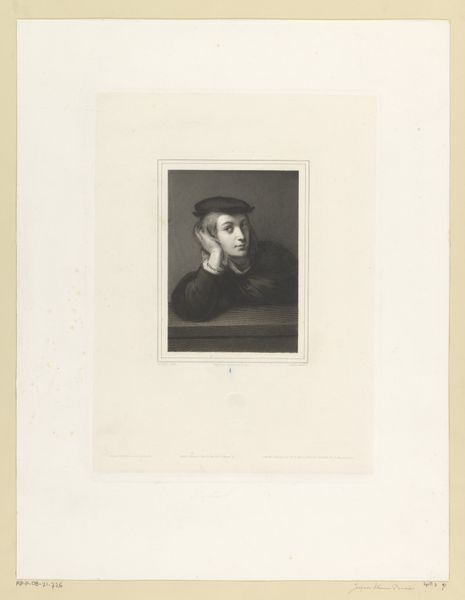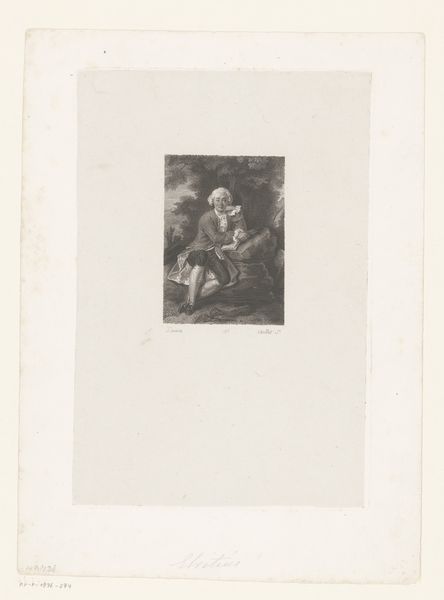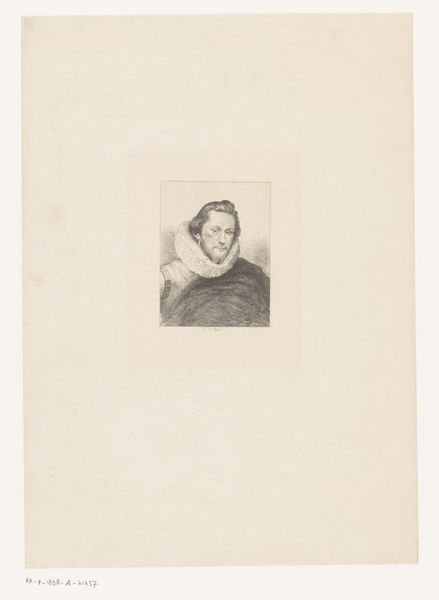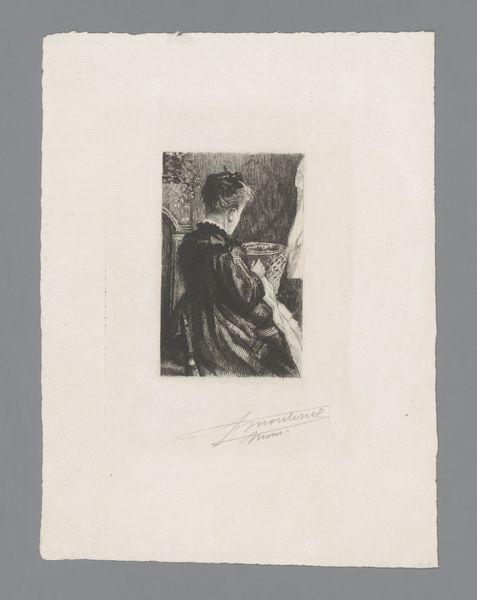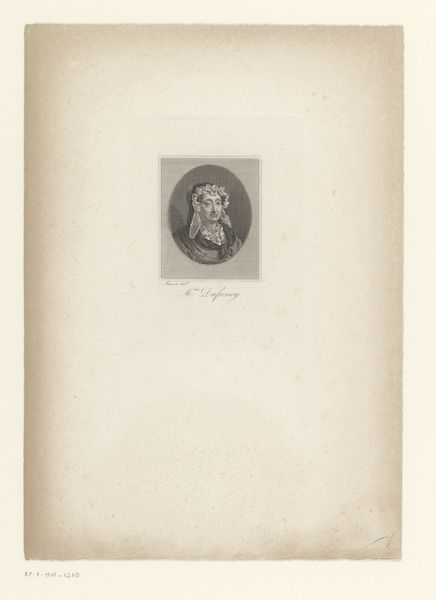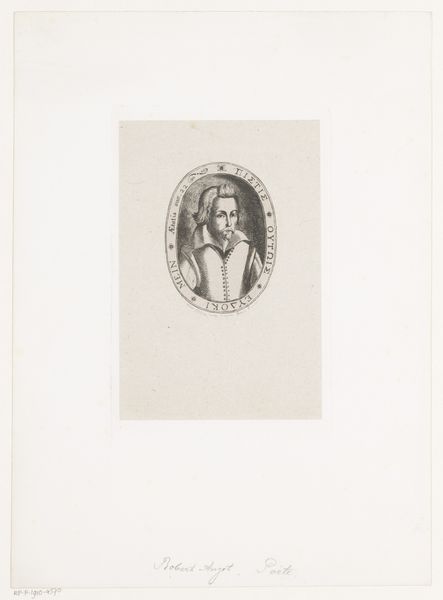
print, etching, graphite
#
portrait
# print
#
etching
#
graphite
Dimensions: height 196 mm, width 150 mm
Copyright: Rijks Museum: Open Domain
Jean-Baptiste Meunier made this portrait of Francesco Primaticcio using the photogravure technique. This print, made in 19th-century France, reflects a broader 19th-century fascination with Renaissance artists. Consider France's Académie des Beaux-Arts, which shaped artistic taste through rigorous training and historical study. Artists like Primaticcio represented the epitome of artistic skill and intellectual refinement. Meunier’s choice to portray Primaticcio suggests a reverence for this institutionalized ideal of artistic genius. The photogravure technique itself, a relatively new method at the time, allowed for a high level of detail and tonal range, mimicking the qualities of a fine drawing or painting. In France, at this time, there was a burgeoning print market and this allowed the circulation and distribution of images. The portrait serves not only as a likeness but also as a cultural artifact. It embodies the values and ideals of the French art establishment, reinforcing the canon of great artists and perpetuating a particular vision of artistic history. Further research into the archives of the Académie des Beaux-Arts and the print market of 19th-century France would give more context.
Comments
No comments
Be the first to comment and join the conversation on the ultimate creative platform.

